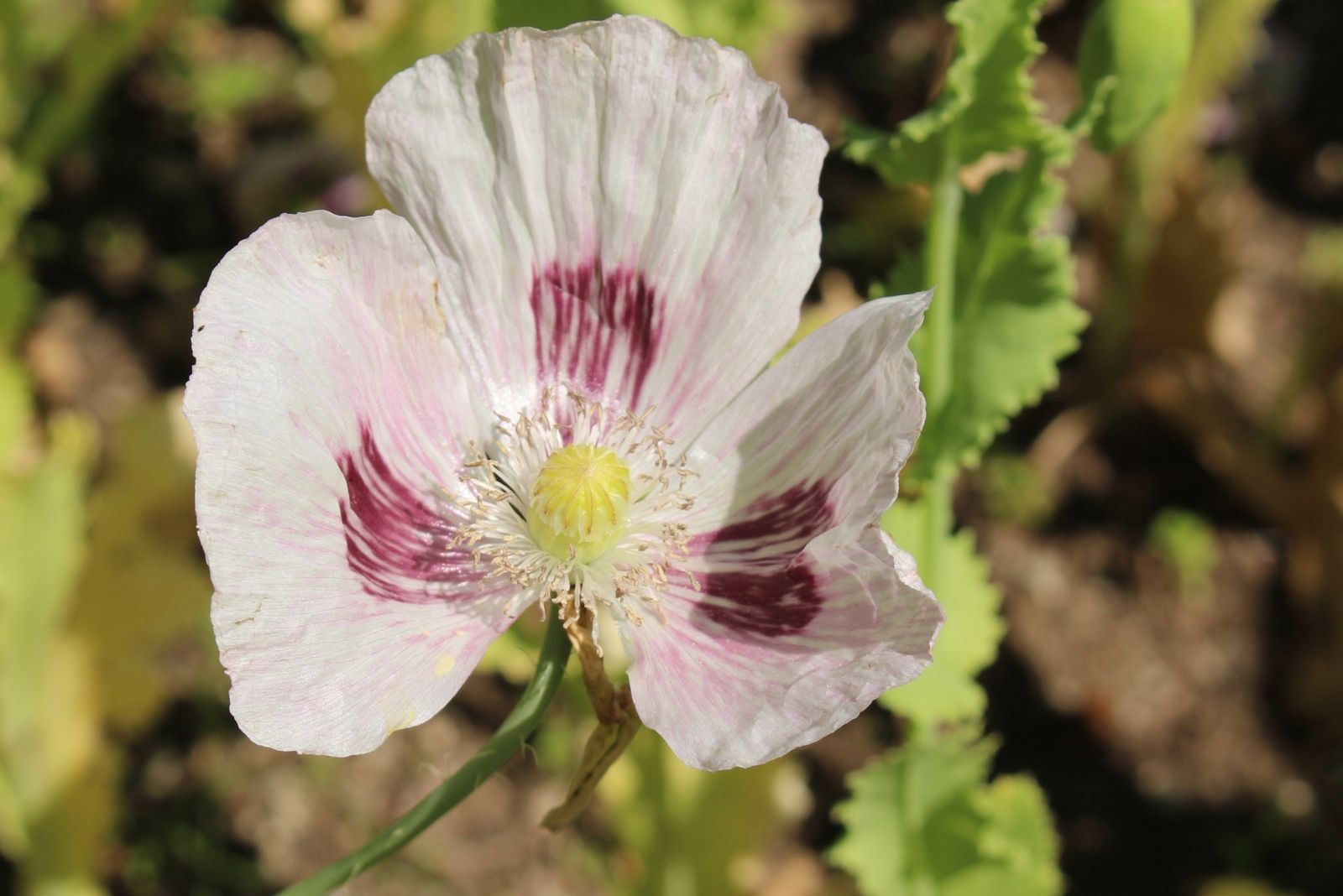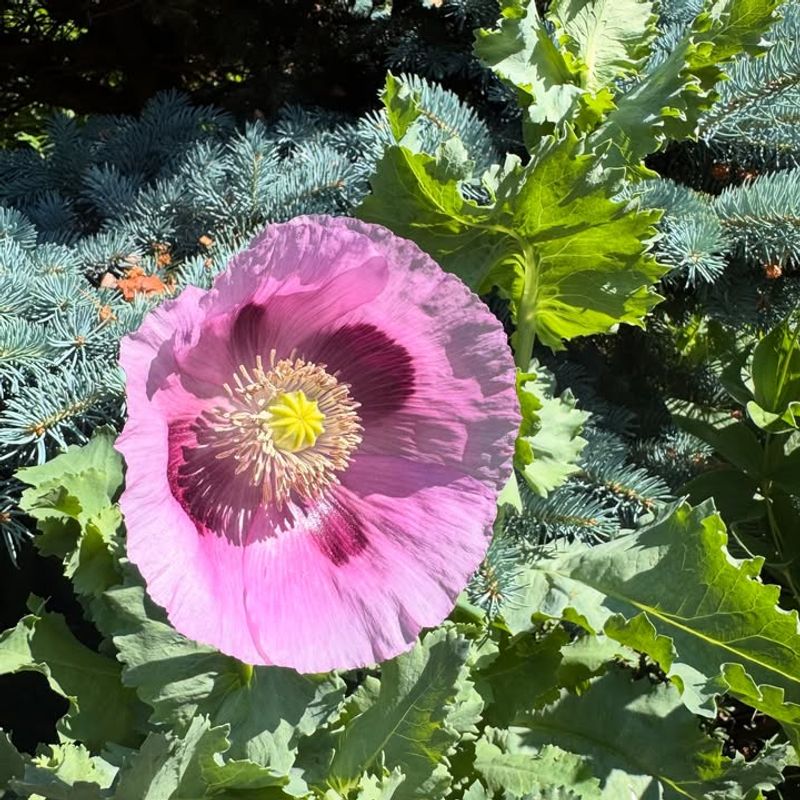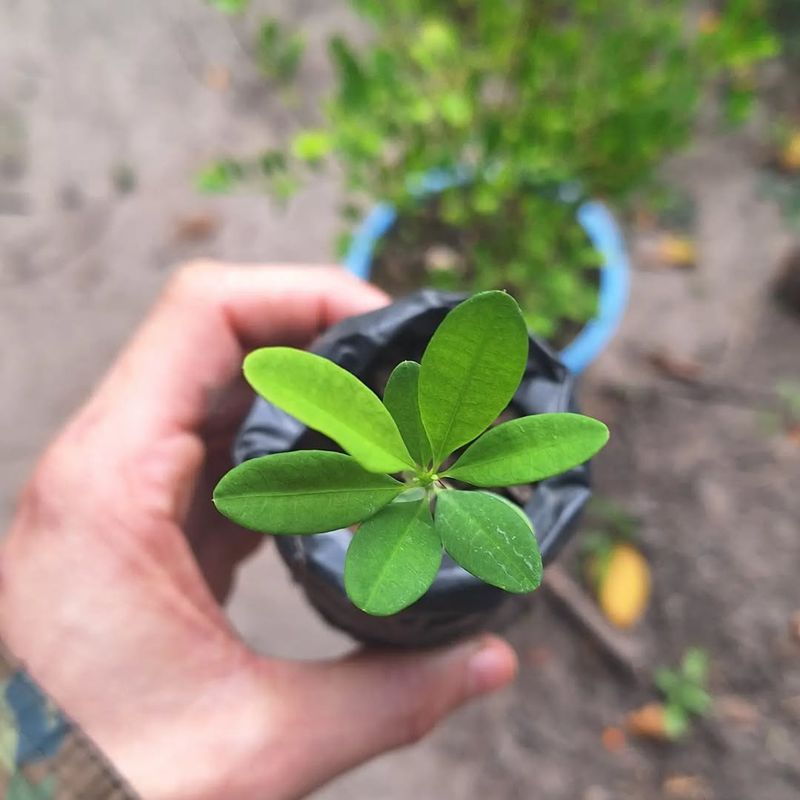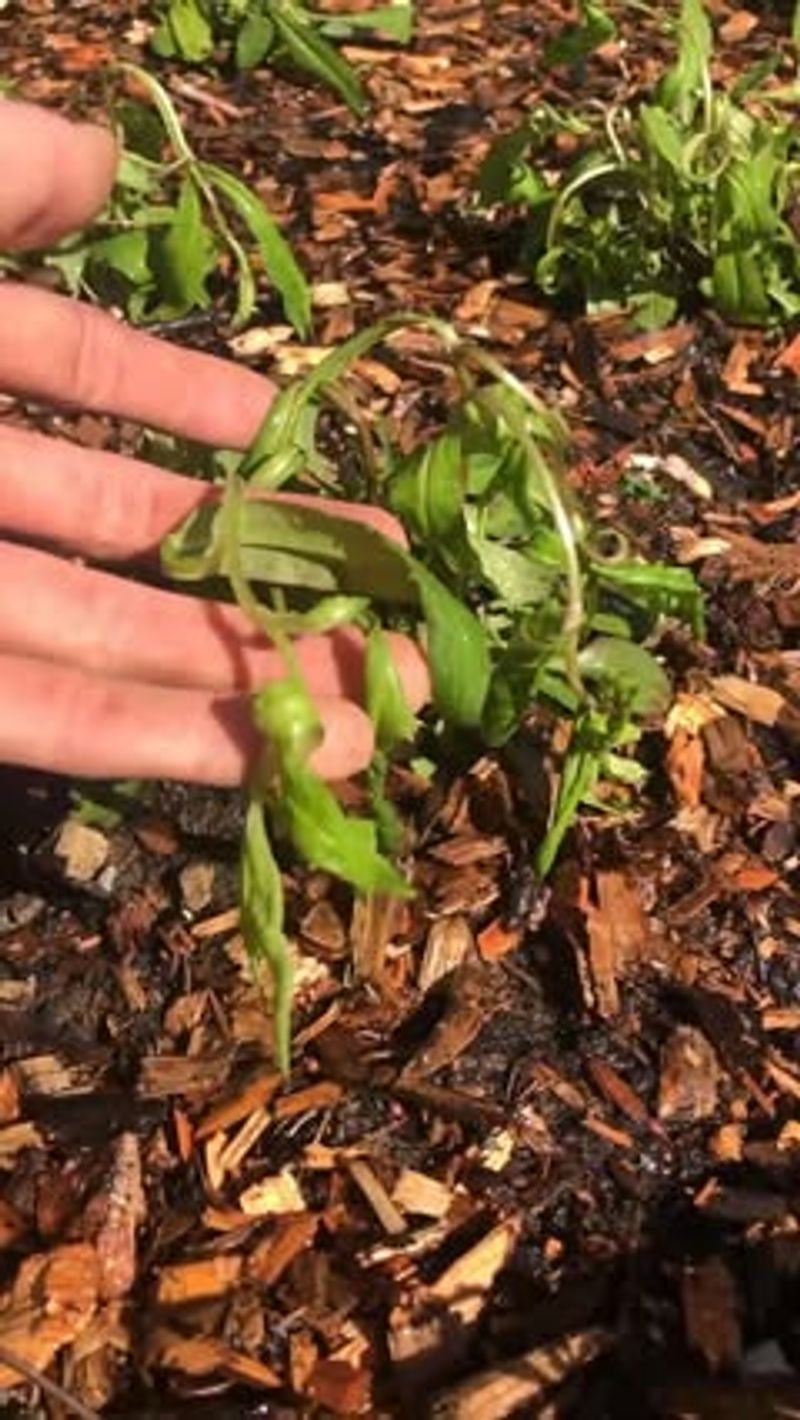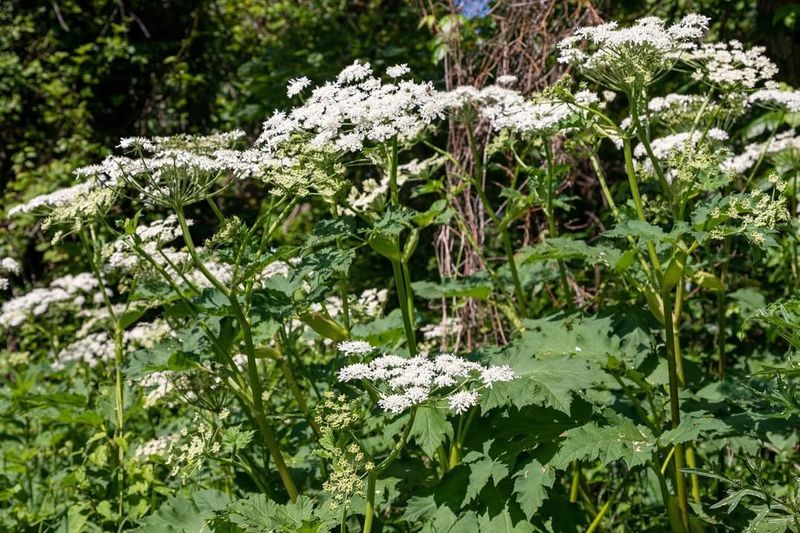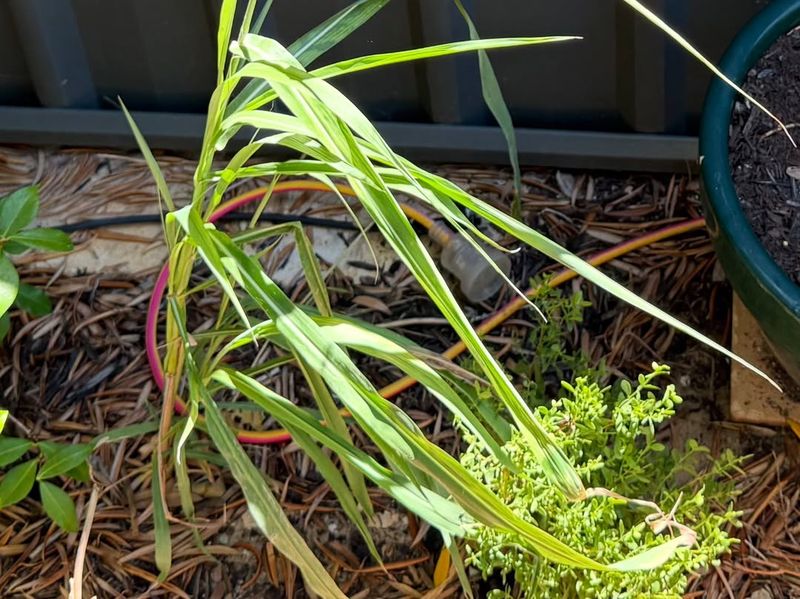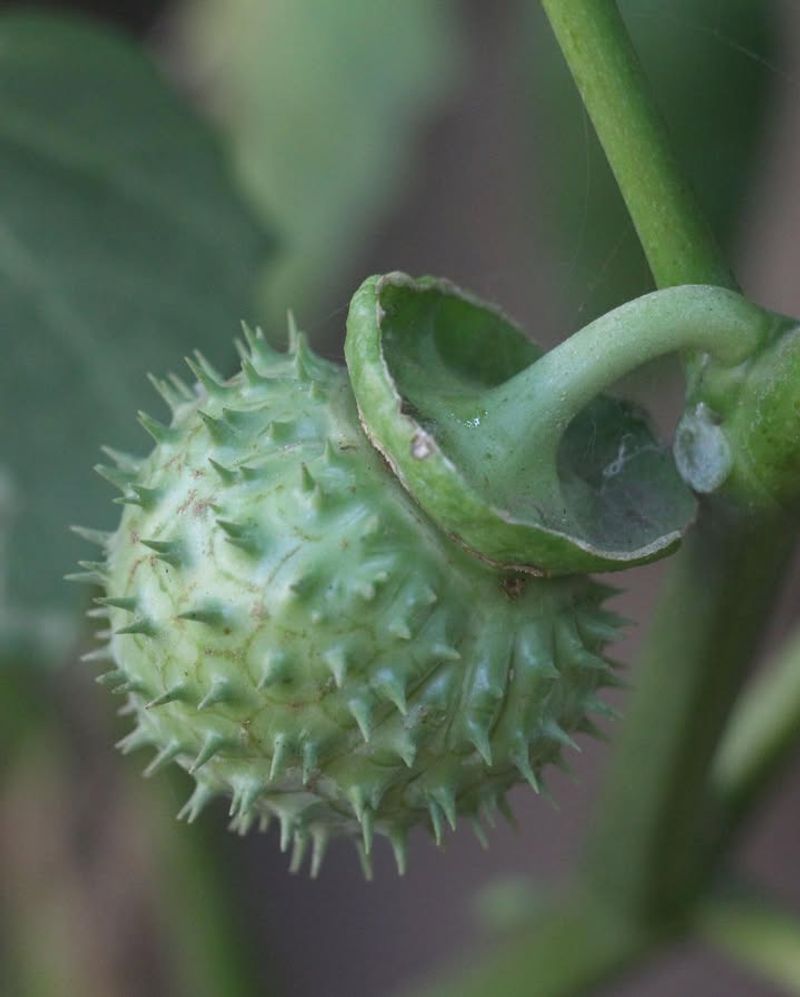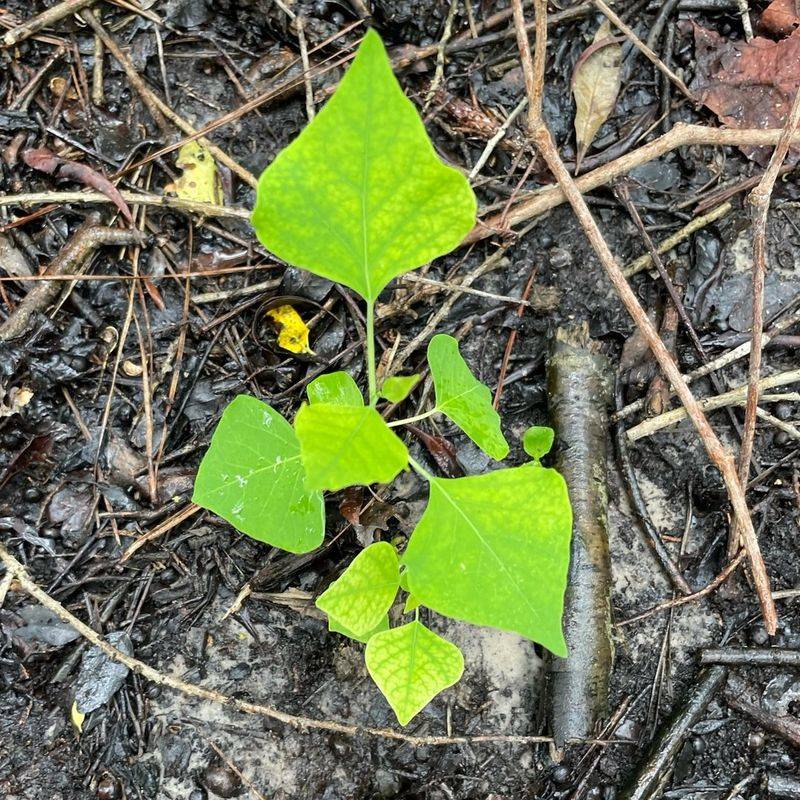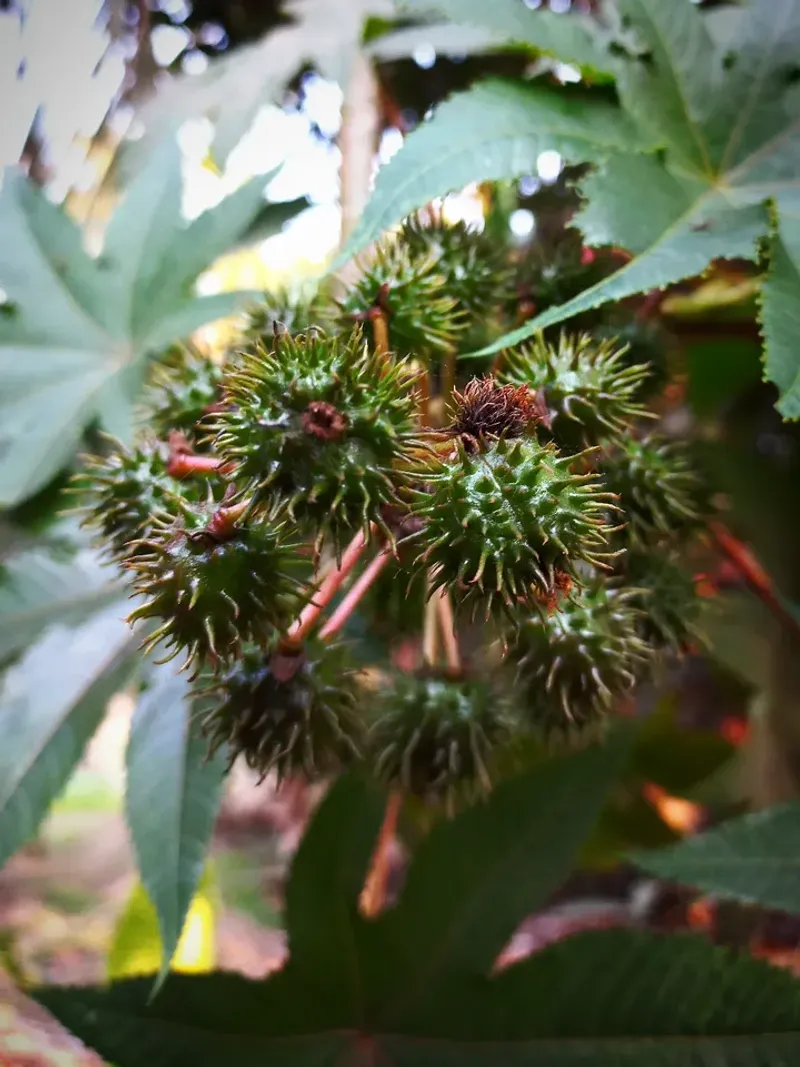Growing your own food in Texas sounds like a great idea until you discover some plants are actually off-limits. State and federal laws restrict certain crops to protect agriculture, prevent invasive species, and control substances.
Whether you’re a seasoned gardener or just starting out, knowing what you can’t plant could save you from hefty fines or legal trouble down the road.
1. Cannabis (Marijuana)
Despite changing attitudes nationwide, growing marijuana remains illegal for recreational purposes across Texas. Even a single plant can lead to serious criminal charges and jail time.
Medical cannabis programs exist in the state, but home cultivation isn’t permitted under any circumstances. Law enforcement actively monitors and prosecutes growers, regardless of the amount.
Texas penalties remain among the strictest in the nation, so steer clear of planting this controversial crop entirely.
2. Opium Poppies (Papaver somniferum)
Those gorgeous blooms might look innocent, but opium poppies are federally banned throughout Texas and the entire United States. The plant produces substances used to make heroin and other controlled narcotics.
Growing them, even for ornamental purposes, violates federal law and can result in prosecution. Many gardeners accidentally purchase seeds online without realizing the legal consequences.
If you want beautiful poppies, choose legal varieties like California poppies or Oriental poppies instead for your Texas garden.
3. Coca Plants (Erythroxylum coca)
Coca plants, the source of cocaine, are completely prohibited in Texas under federal drug laws. No exceptions exist for personal, religious, or ornamental use.
The leaves contain alkaloids that are processed into illegal narcotics, making cultivation a serious felony offense. Some specialty plant sellers may offer them internationally, but importing or growing them domestically brings severe legal consequences.
Texas authorities work with federal agencies to track down and prosecute anyone attempting to cultivate this South American native plant.
4. Kudzu (Pueraria montana)
Known as “the vine that ate the South,” kudzu is banned in Texas to prevent ecological disaster. This aggressive invader can grow up to a foot per day during peak season.
It smothers native plants, damages structures, and destroys entire ecosystems by blocking sunlight. Texas agriculture officials classified it as a noxious weed, making cultivation and transportation illegal.
The state learned from neighboring regions where kudzu transformed forests into green blankets of destruction, costing millions in removal efforts annually.
5. Giant Hogweed (Heracleum mantegazzianum)
Giant hogweed isn’t just illegal in Texas—it’s genuinely dangerous to humans and animals alike. The plant’s sap contains toxic chemicals that cause severe burns and blistering when exposed to sunlight.
Contact with skin can result in painful, long-lasting scars and even permanent blindness if it reaches the eyes. Texas classifies it as a noxious weed due to its invasive nature and serious health risks.
State agriculture departments actively work to eradicate any sightings before populations can establish themselves across the region.
6. Johnson Grass (Sorghum halepense)
What started as a forage crop in the 1800s became one of Texas’s most hated invasive plants. Johnson grass spreads aggressively through seeds and underground rhizomes that are nearly impossible to eliminate completely.
It competes with crops for nutrients and water, reducing agricultural yields significantly. Texas law prohibits intentional planting or selling of this grass to protect farmland and ranches.
The plant can also become toxic to livestock under certain conditions, making it doubly problematic for rural landowners throughout the state.
7. Thorn Apple (Datura stramonium)
Thorn apple might produce stunning white or purple trumpet flowers, but every part of this plant is dangerously poisonous. It contains potent alkaloids that cause hallucinations, seizures, and even death if ingested.
Texas considers it a noxious weed because of its toxicity to humans, pets, and livestock. Children are especially at risk since the spiky seed pods look intriguing and tempting to touch.
While it sometimes grows wild, deliberately cultivating thorn apple in your backyard violates state regulations designed to protect public safety.
8. Chinese Tallow Tree (Triadica sebifera)
Once planted widely for its beautiful fall foliage, the Chinese tallow tree is now banned across Texas. This invasive species outcompetes native trees and transforms diverse forests into monoculture stands.
It produces thousands of waxy seeds that birds spread far and wide, making control nearly impossible once established. Texas agriculture officials prohibit sale, distribution, and intentional planting to protect natural ecosystems.
Removal efforts cost landowners and municipalities significant money each year, yet the tree continues spreading in many areas despite eradication programs.
9. Castor Bean Plant (Ricinus communis)
Castor bean plants produce ricin, one of the deadliest naturally occurring toxins known to science. Just a few seeds can kill an adult human if chewed or swallowed.
While the plant itself isn’t completely banned everywhere in Texas, many municipalities prohibit it due to extreme safety concerns. State poison control centers receive numerous calls each year about accidental exposures, especially involving curious children.
Growing this plant near homes, schools, or public spaces puts entire communities at risk and may violate local ordinances throughout the state.
10. Water Hyacinth (Eichhornia crassipes)
Beautiful purple blooms hide a sinister truth—water hyacinth is one of the world’s most invasive aquatic plants. It forms dense mats that choke waterways, killing fish and disrupting entire aquatic ecosystems.
Texas law strictly prohibits planting, selling, or transporting water hyacinth to protect rivers, lakes, and ponds. The plant doubles its population every two weeks under ideal conditions, making control extremely difficult.
State wildlife officials spend substantial resources removing this plant from public waters to preserve fishing and recreation opportunities for residents.

